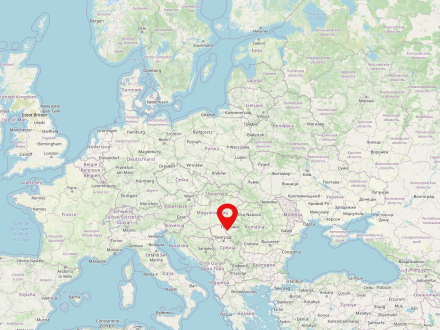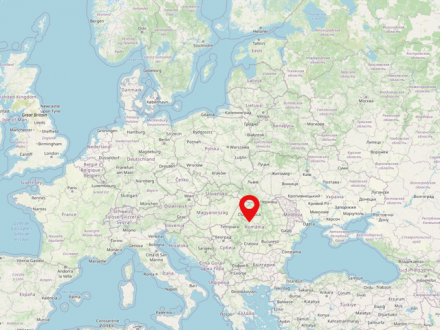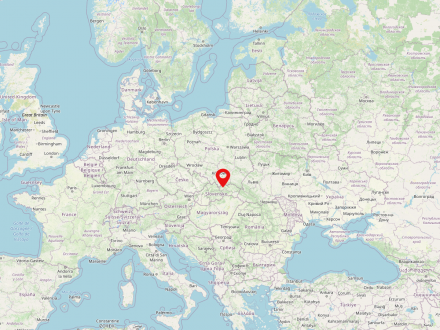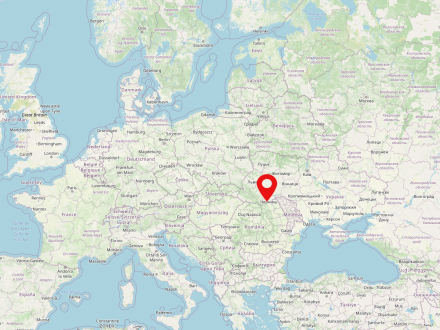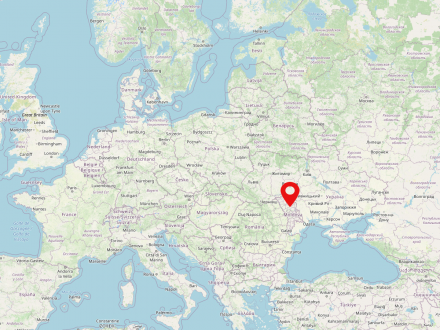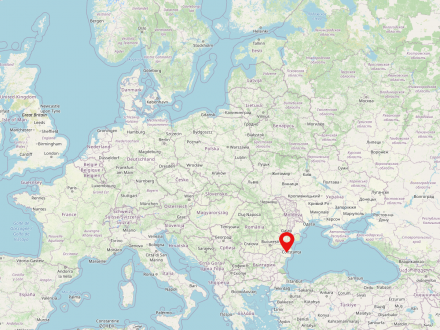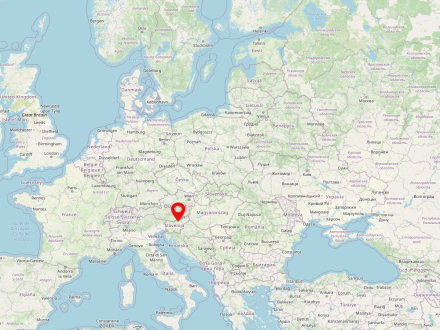The Banat is a historical landscape located in South-Eastern Europe, in the states of Serbia, Hungary and Romania. The region is situated between the rivers Danube, Marosh and Tisza, as well as a southern part of the Carpathian Mountains and the lowland plain of Hungary. The main city of the Banat is Timișoara in Romania.
Transylvania is a historical landscape in modern Romania. It is situated in the center of the country and is populated by about 6.8 million people. The major city of Transylvania is Cluj-Napoca. German-speaking minorities used to live in Transylvania.
Bukovina is a historical landscape in modern Romania and Ukraine. The northern part is situated in the Ukrainian Chernivtsi Oblast, while the southern part is part of the Romanian Suceava County. The region once formed a part of the Principality of Moldavia and the Habsburg Monarchy.
Bessarabia (rum. Basarabia, ukr. Бессарабія) is a historical landscape in southeastern Europe. It is bordered by the river Dniester in the east, Pruth in the west and the Black Sea in the south. Nowadays, the territory of the historical area of Bessarabia is over large parts congruent with the territory of the Republic of Moldova.
Dobruja (rum. Dobrogea, bulg. Добруджа) is a historical landscape in the border area between southeastern Romania and northeastern Bulgaria. Dobrogea is situated on the Danube and the Black Sea.
Lower Styria (Štajerska in Slovenian) is a historical region in eastern Slovenia, located on the rivers Mura and Sava. The largest city in the region is Maribor (German: Marburg an der Frau). Lower Styria is inhabited by about 705,000 residents.
- PD Dr. Tobias Weger: The Southeast German Cultural Work in Munich in the Context of West German "Expellee Cultural Work" after 1945.



